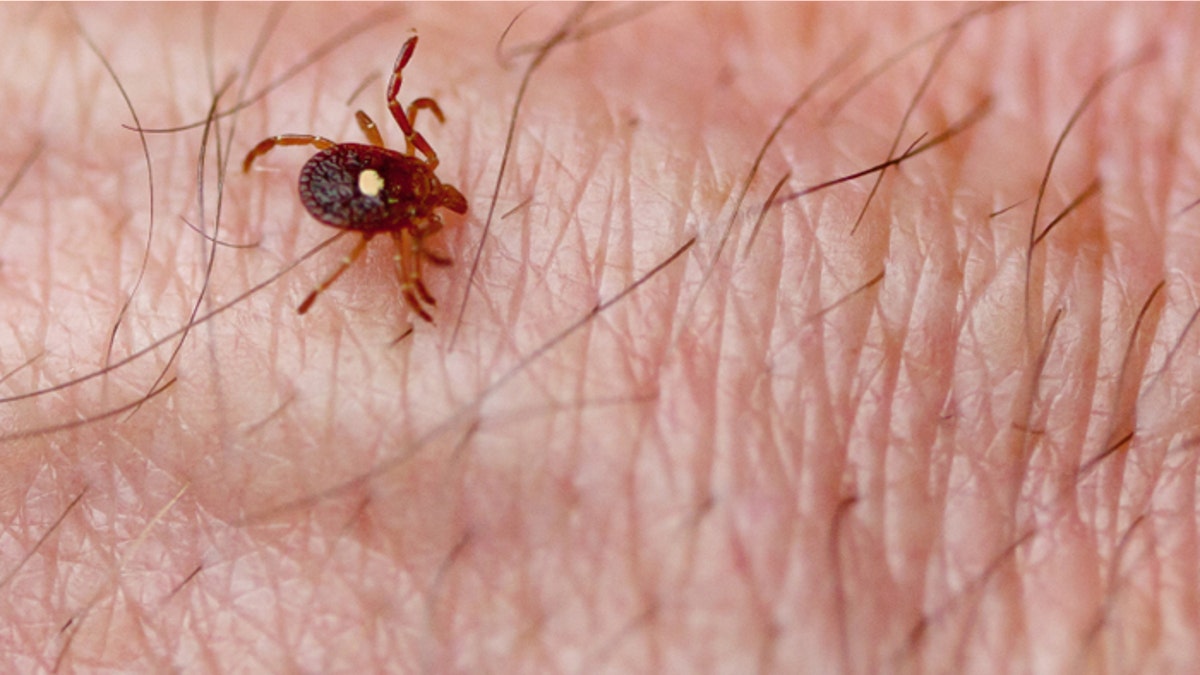
Lone Star Tick (Amblyomma americanum) on human skin
The Ache: Tick bites, common in summer, can transmit pathogens for more than a dozen illnesses, from Lyme disease to the malaria-like infection babesiosis. Regular tweezers, such as the kind most people have in their medicine cabinets, often squish ticks during removal, potentially releasing pathogens onto the skin, scientists say.
The Claim: Specialized tick-removal tools, designed to safely extract the tick either by pulling or twisting, make it easy to remove the pest without crushing it or leaving its mouth parts inside the skin, say companies that sell the devices.
The Verdict: Several of the tools have been shown in published studies to effectively remove ticks—even difficult-to-remove nymphal deer ticks, which are the size of a poppy seed. However, scientists say, there’s no evidence that any of the devices improves on the fine-tipped tweezers considered a gold standard by many scientists.
“I’m not convinced that anything will be better than fine-tipped tweezers,” particularly for nymphs, says Durland Fish, a professor emeritus at the Yale School of Public Health in New Haven, Conn. He and other scientists recommend grasping the base of the tick’s mouth parts with fine-tipped tweezers, as close to the skin as possible, and applying a steady, upward pressure.
